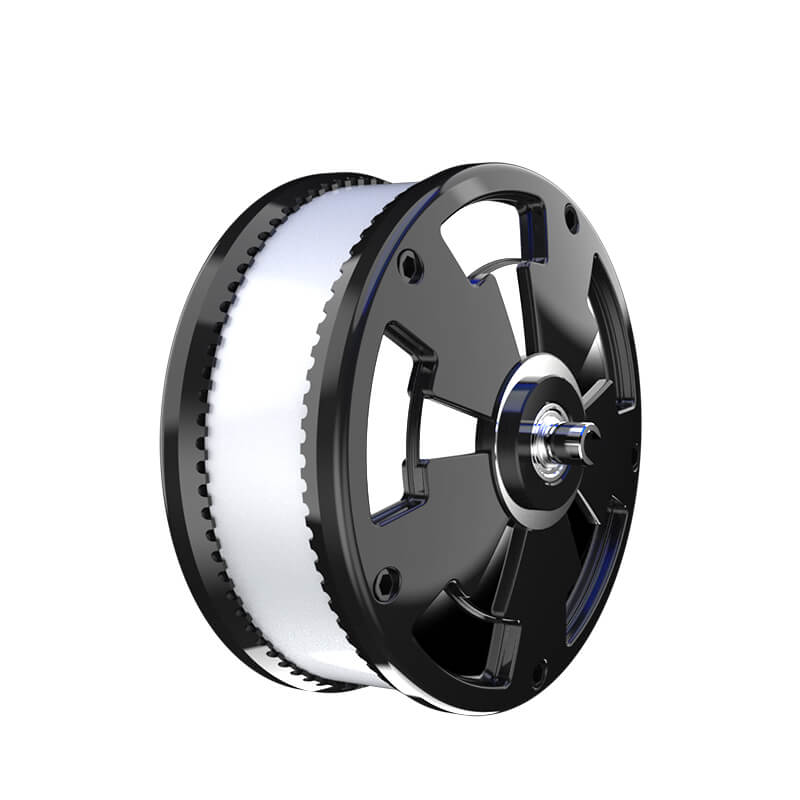Unlocking the Power of Remote-Controlled Motion: How IR Remotes and Servo Motors Make Robotics Amazing

Imagine having the magic wand to control a tiny robot arm or a moving mechanism from across the room. That’s the charm of integrating IR (infrared) remote controls with servo motors — a combination that transforms simple electronics into interactive, responsive projects. Whether you’re an aspiring roboticist or just a curious tinkerer, understanding how to connect and control a servo motor with an IR remote unlocks a universe of creative possibilities.
What is a Servo Motor, and Why Use It?
First, let’s clarify what a servo motor is. Unlike standard motors that spin indefinitely, a servo motor is designed to rotate to a specific position, based on input signals. It’s equipped with a built-in feedback mechanism, making it perfect for precise control tasks such as steering, robotic arms, camera gimbals, or even opening and closing mechanisms. Its ability to rotate to exact angles makes it ideal for tasks requiring accuracy and repeatability.
The Allure of IR Remotes in DIY Projects
Infrared remote controls have been a staple for consumer electronics for decades. They’re affordable, readily available, and easy to interface with microcontrollers like Arduino or Raspberry Pi. These remotes send coded signals via infrared light, which can be detected and decoded by a suitable receiver module. Their portability makes them perfect for quick prototype testing or interactive displays.
Components You’ll Need
To create a setup where you can control a servo motor with an IR remote, you’ll need the following components:
Microcontroller: Arduino Uno is a popular choice due to its simplicity and support. IR Receiver Module: Such as the TSOP38238 or similar, capable of decoding IR signals. Servo Motor: A standard hobby servo, like the SG90 or MG90S, provides reliable rotation. Jump wires and Breadboard: For easy prototyping and connections. Power Supply: Ensure your servo has adequate power—many servos run on 4.8V to 6V. IR Remote Control: Any generic IR remote, since common TV remotes often suffice.
Basic Idea: How It All Comes Together
At the core, the IR remote sends a signal when a button is pressed. The IR receiver module detects this signal and sends a corresponding digital code to the microcontroller. The microcontroller interprets this code and commands the servo to move to a specific position. For example, pressing "Button A" could rotate the servo to 0°, while "Button B" might set it to 90°, and "Button C" to 180°.
This concept sounds straightforward, but executing it requires understanding a few key steps:
Capturing IR signals and decoding them. Mapping decoded signals to servo positions. Sending commands to the servo motor.
Decoding IR Signals: The First Step
IR remote controls transmit signals in distinct codes. The same button on different remotes can have unique codes, but many standard remotes share common codes for similar functions. To determine which code corresponds to your buttons, you can use an IR receiver and a simple sketch (program) that reads and prints the incoming signals to the serial monitor. Once you know the codes, you can map each to a desired servo position.
Getting Started with Arduino
Setting up the IR receiver and servo is quick. Here’s a high-level overview:
Connect the IR receiver to the Arduino: VCC to 5V, GND to ground, and OUT to a digital pin (say, pin 2). Connect the servo motor: power (red) to 5V, ground (black or brown) to ground, and signal (yellow or white) to a PWM-capable pin like pin 9.
Once connected, upload a basic sketch to read IR signals. The IRRemote library is often used for this purpose, simplifying the process of decoding signals. After identifying the button codes, you’ll write a control sketch that maps those codes to servo angles.
Designing the Logic for Control
An example logic flow:
When "Button A" code is received, set servo to 0°. When "Button B" code is received, set servo to 90°. When "Button C" code is received, set servo to 180°.
The advantages of this setup are numerous: you can expand it later to include more buttons for additional functions, add speed control, or even integrate multiple motors.
Why This Matters
This project epitomizes how accessible robotics and automation have become. By mastering the control of a servo with an IR remote, you build a foundation that can expand into more complex systems—remote-controlled door openers, robotic arms, or even interactive art installations. The principles remain the same, and it’s all about integrating sensing, actuation, and control in a seamless way.
(Stay tuned for part 2, where we'll go deeper into coding, troubleshooting, and real-world project ideas to elevate your IR remote-controlled servo system.)
Kpower has delivered professional drive system solutions to over 500 enterprise clients globally with products covering various fields such as Smart Home Systems, Automatic Electronics, Robotics, Precision Agriculture, Drones, and Industrial Automation.




































